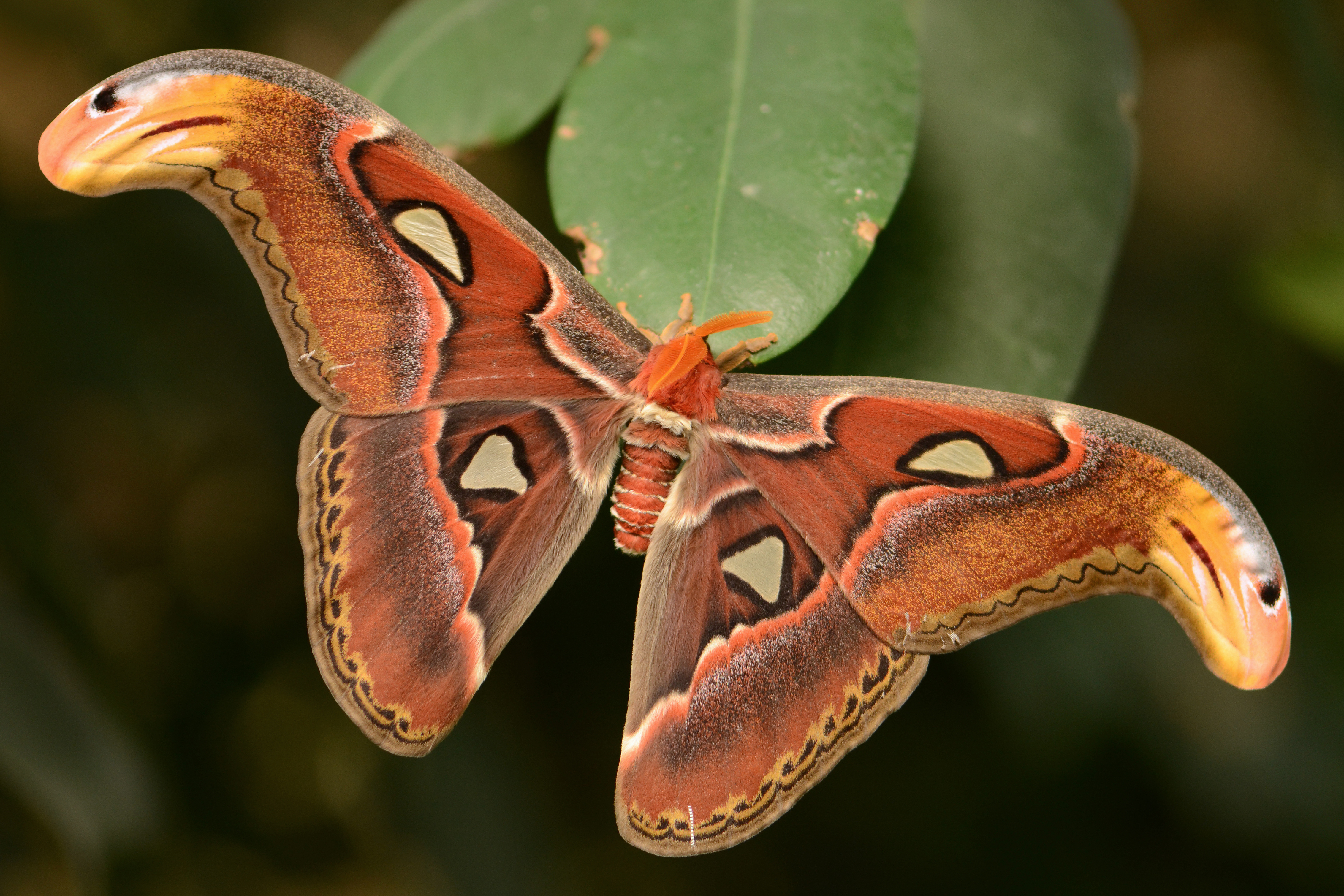10 Animals That Are Completely Different at Night
The moon has long been a symbol of mystery and transformation, casting its silvery glow across the earth and inspiring countless myths and legends. In the natural world, the moonlight serves as a silent conductor, orchestrating a mesmerizing metamorphosis for certain extraordinary creatures. These physical transformations involve a complex interplay of behavior, physiology, and environment. This article delves into the enchanting world of 10 creatures that undergo remarkable changes under the moonlight. From the deep seas to dense forests, we embark on a journey to explore how these transformations are not merely survival strategies but also a testament to the intricate and wondrous tapestry of life on Earth.
1. The Mystical Moth: Nature's Night-time Navigator

Moths are often seen fluttering around lights at night, but their connection with the moon is far more profound. These nocturnal insects use the moon as a navigational tool, a behavior known as transverse orientation. This method allows them to maintain a constant angle relative to the moon's light, guiding them across vast distances. However, under the moonlight, some species of moths undergo a complete transformation. Adorned with visible patterns, their wings become luminescent, a defense mechanism against predators. The moonlight also changes their behavior, making them more active and increasing their chances of finding mates. This intricate dance between moths and the moonlight showcases nature's ability to adapt and thrive in the darkness.